As you approach the herb section, the glorious basil always stands apart from the rest as it is supremely aromatic. What goes well with basil? So many lovely ingredients, listed below for ease of use.
Jump to:
What is Basil?
Basil is a fragrant herb from the mint family commonly used for culinary purposes all over the world. Mainly used to season food, basil also makes a flavoursome garnish which is why you’ll find so many recipes using basil.
The prime part of a basil plant used for cooking is its leaves. Basil leaves are solid and oblong with a point at the end. They generally grow between 5 to 10 cm (2″ to 4″) long.
There are dozens of basil varieties that vary in appearance and taste.
However, sweet basil, known for its bright green colour and peppery flavour, is the most common basil variety in Western cooking and one that most people know. Therefore we would often refer to basil as the sweet basil variety.
Basil is native to Africa and Southeast Asia but is now grown worldwide. It’s a popular herb to grow at home, whether in the garden or in a pot on the windowsill.
This is the most affordable and accessible way to fresh basil. You simply pick off the leaves when you want to cook with basil.
Besides using basil in food, there are many uses for basil. This versatile herb is used in teas, essential oils, and even infused in hot baths for its health benefits!
What Does Basil Taste Like?
Flavour: Fresh basil is a robust herb and intense in flavour. Depending on the variety, the flavour and taste will vary.
The typical sweet basil taste is fresh, with a finish of black pepper and subtle anise and minty undertones. It’s milder than the Thai basil, which is prevalent in spicy, black licorice flavour.
Texture: Basil leaves are somewhat delicate and have a smooth surface marked with a series of veins.
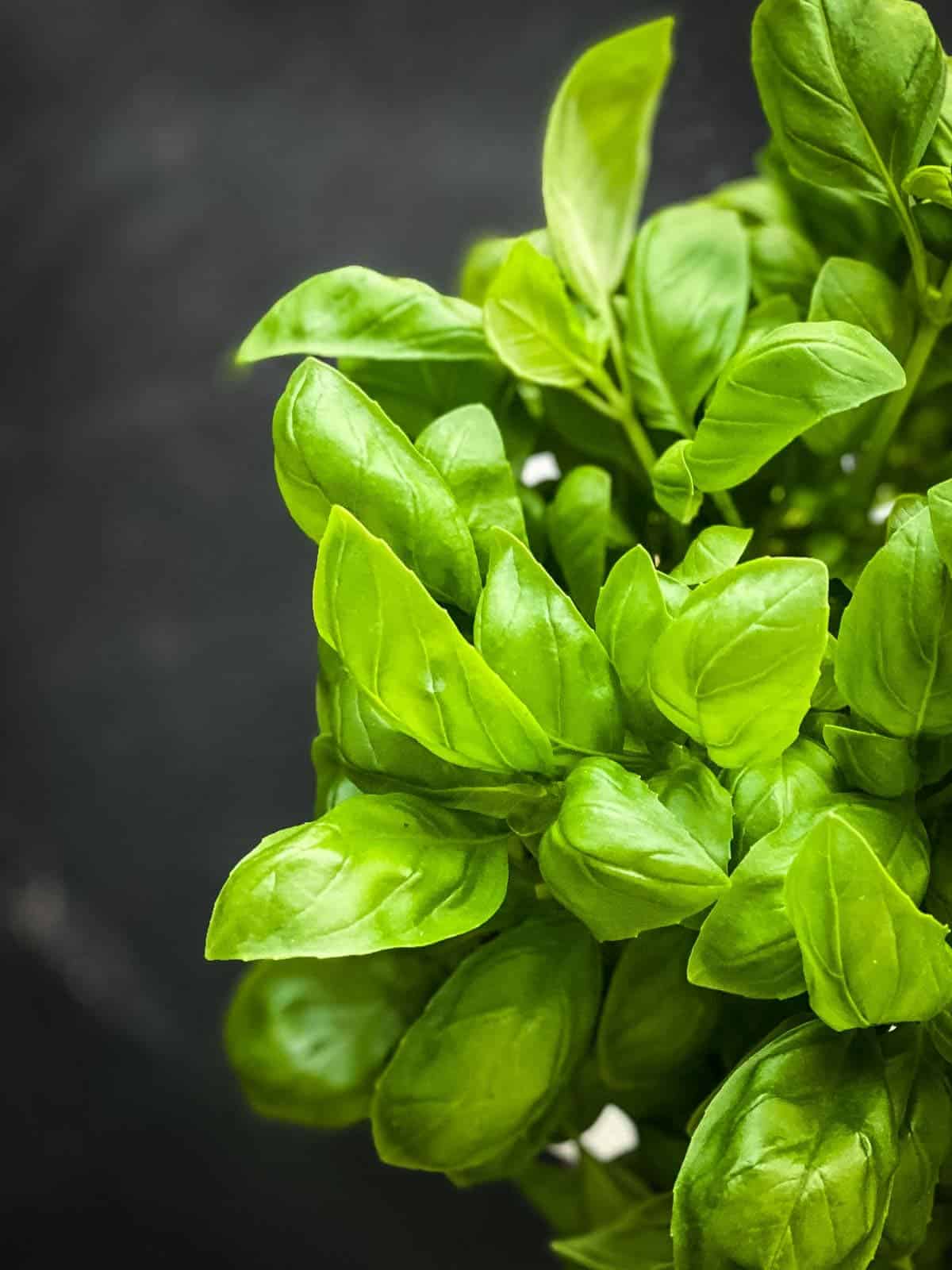
Types of Basil for Cooking
There are dozens of varieties of the basil herb, but here are the more popular types of basil used in cooking:
Sweet basil, a common type of basil, is likely the type you’ll find at the shops. The leaves are rounded, cup-shaped and medium green in colour.
The sweet basil taste is sweet but slightly spicy flavour with underlying anise and mint notes. Recipes with sweet basil include the famous Italian Caprese salad and pesto sauce.
Genovese basil is more aromatic than sweet basil and has bigger, dark green, glossy leaves. However, unless you have a very sophisticated palate, you can hardly tell the difference in taste between the two.
Genovese basil has a strong flavour, with hints of mint and clove while at the same time being peppery and spicy.
Lemon basil has narrower leaves than sweet basil with serrated edges. It is a light green variety with a lemony, citrus scent.
This type adds a delicately tangy flavour to dressings, salads, teas and soups. Its robust and fragrant aroma works wonders when paired with chicken or fish.
Thai basil is a variety with shiny green, slightly serrated, narrow leaves, a purple stem, a sweet, anise-like scent and hints of licorice, and a slight spiciness lacking in sweet basil used in Southeast Asian cuisine.
This basil is usually added to stir-frys last-minute and imbues fragrant anise- and clove-like aroma. Its spicy flavour can be aggressive when eaten raw but is mellowed once cooked. You can try it in our Thai Pomelo Salad.
Purple basil, or Dark Opal basil, has a striking dark burgundy colour that provides an excellent contrast to a dish.
The flavour is not as sweet as some basil varieties but has a more pungent clove taste. Although highly aromatic, we don’t recommend cooking it. It turns an unappealing black colour, but it’s perfect for use in salads, pesto, or your other favourite ways to use fresh basil.
Fresh Basil vs Dried
Whilst fresh basil is aromatic with indistinguishable flavour, it is very different once dried. Dried basil is much mellower and tastes more like dried oregano. It has a deeper, spicier flavour profile.
Therefore, the two aren’t always interchangeable. Fresh basil is best for salads, garnishes, sauces and dressings, while dried basil is good for cooked sauces, soups and other stew-like dishes.
You can easily buy dried basil at supermarkets or try drying your own.
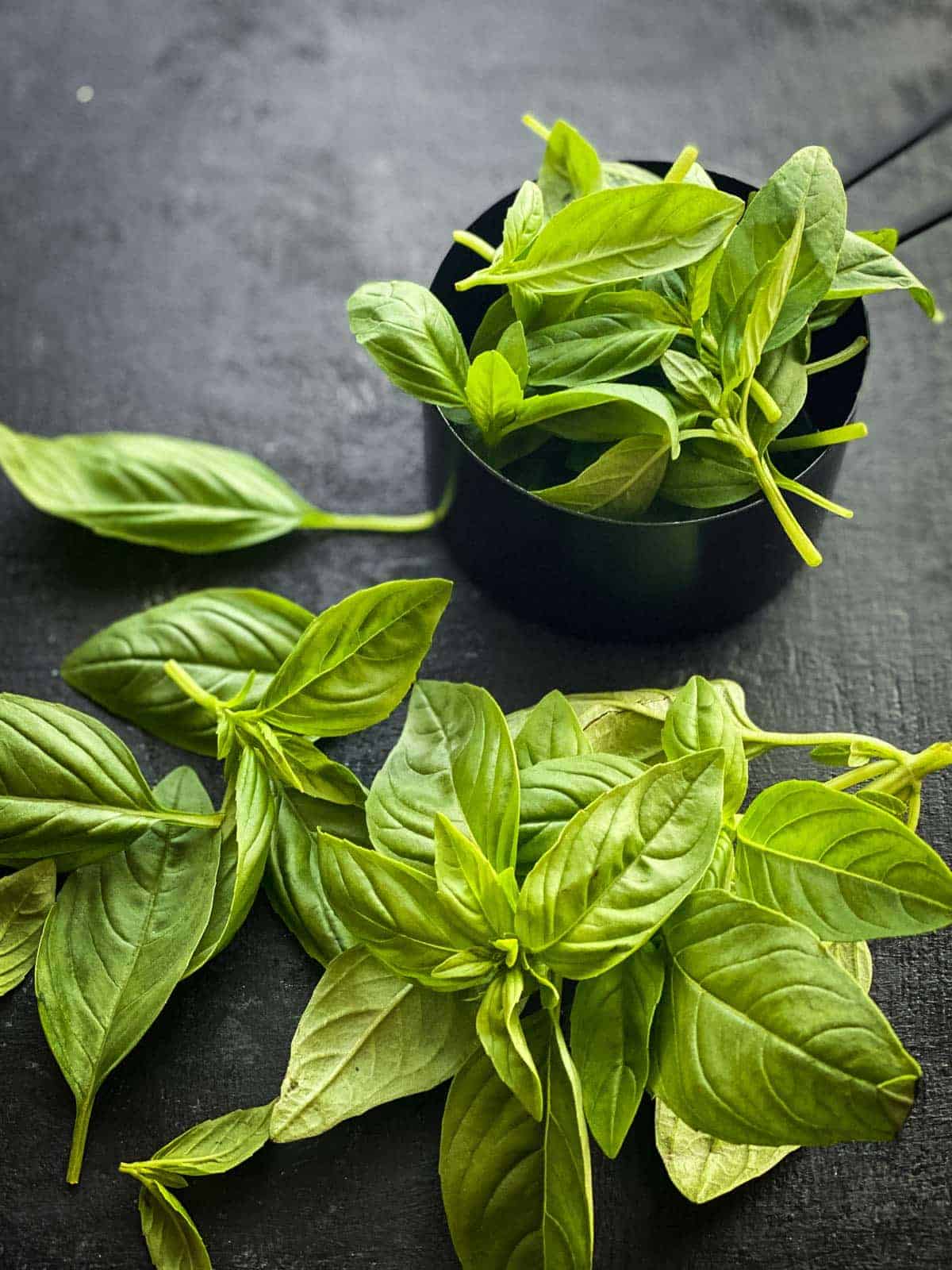
How to Dry Basil
Fresh basil leaves can be preserved in several ways, but if you’re looking to dry fresh basil leaves, here are a few simple methods:
How to dry with oven – Place dry basil leaves in a single layer on a baking sheet at about 40-50°C (105-120°F) or the lowest setting. Bake for between 1-4hrs until the basil is crispy and dried. Crumble with fingers or use a mortar and pestle.
How to air dry basil – Ever thought air drying basil was a thing? Well, it is! Tie cleaned and towel-dried basil up using their stems. Then, hang them in a cool, dry place (ideally high in your kitchen). It’ll take 4 to 5 weeks, but it’s easy!
How to dry basil In microwave – Place the basil leaves on a plate between two towels. Microwave in 30-second bursts until basil leaves look shrivelled and are mostly dry.
The basil will be even crispier when cooled. Note that all microwaves are different, so you may need short 10-second bursts until done.
How to dry basil in a dehydrator – Place cleaned and dry basil leaves on the tray in a single layer. Using the “herb” setting, dry the basil in the dehydrator for 8-24 hours until crisp and crumbly.
The time will vary depending on how damp your basil is and your dehydrator model.
Always allow dried basil to cool to room temperature before storing.
What Goes Well with Basil?
So many lovely ingredients, listed below for ease of use.
Fruit and Vegetables
Apricot, asparagus, blueberry, broccoli, Brussels sprouts, cauliflower, celeriac, coconut, cucumber, grapefruit, green bean, kiwi, lemon, mushroom, orange, radish, rocket, sugar snap peas, tomato, zucchini, watermelon.
Herbs, Spices and Dairy
Chervil, chives, cumin, mint, pine nuts, pistachio, walnuts.
Protein, Dairy and Other
Beef, chickpea, fish, squid, mozzarella, parmesan cheese.
How to Use Basil in Salads and Side Dishes?
Basil pairs nicely with an array of ingredients, so you can easily incorporate them into a salad or side dish.
To include fresh basil, chop or tear it like our Herb Salad; use it as a garnish whole like in our Tomato Bocconcini Salad, or slip in between produce like a Caprese salad. Basil is also fantastic to blitz up in a sauce or use in a dressing like our Basil and Mint Dressing or Pesto.
Before using basil, rinse under running water and pat dry. We like to use paper towels for this task.
With most basil varieties, we only consume the leaves. The leaves are removed from the stem and used whole, torn, thinly sliced or finely chopped. Thicker stems and stalks should be discarded because they tend to be bitter, but it is okay to include the small stems in dishes.
For the most intense flavour in a cooked dish, fresh basil should be added at the end of the cooking process.
Prolonged heat will cause basil’s volatile oils to dissipate. If using dried basil, it needs to be included at the start of a recipe so the herb has time to soften and infuse with the other ingredients.
It’s also a great dried herb to season meat and vegetables or make a dressing like our Italian Dressing.
You can also infuse basil into olive oil for delicious herbaceous flavour on salads and side dishes with chicken, fish, tomatoes, vegetables or simply with some crusty bread!
Rich, nutty, and bright, basil automatically kicks any dish up a notch.
Salads and Side Dishes with Basil
Salad of Snake Beans and Grated Coconut
This Salad of Snake Beans, grated coconut and quintessential fresh Thai herbs is a wonderful showcase of Asian ingredients. Intertwined through the latticework of the snake beans is the ever so flavoursome turmeric and coconut milk dressing. Yum!
Vegan Couscous Salad with Blistered Tomatoes
It’s incredible how everyday ingredients such as tomato and basil can make for such a flavoursome salad recipe. Complement this vegan couscous salad with balsamic blistered tomatoes for an easy side dish, any time of the week.
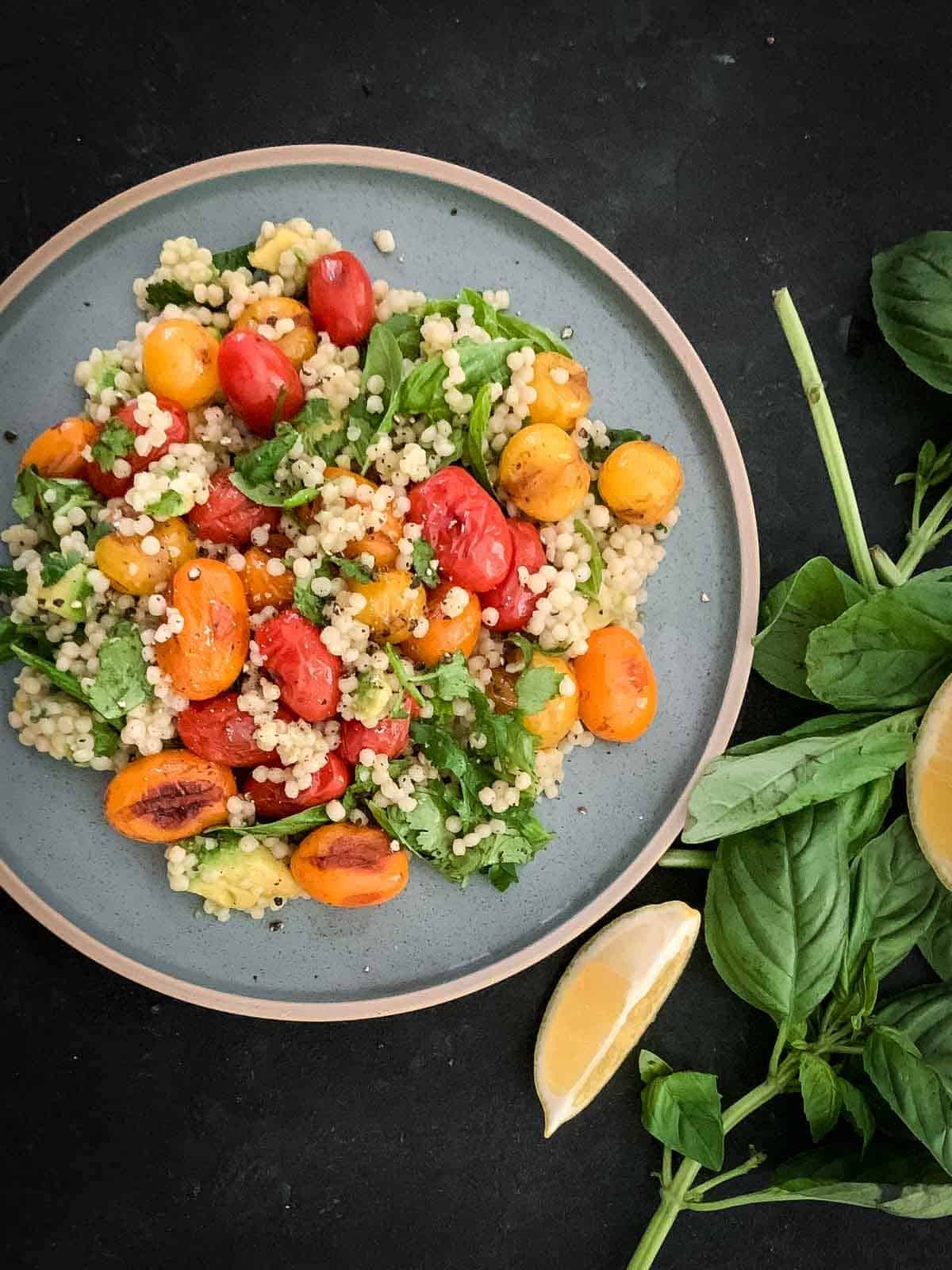
Sugar Snap Pea Salad with Fior di Latte
Mixing sweet sugar snap peas with a roasted cashew nut mix scattered against creamy Fior di latte and all tied together with a fresh chilli basil oil, our easy Sugar Snap Pea Salad is ready to mingle at any picnic or barbecue party.
Frequently Asked Questions
Store fresh cut basil wrapped in dry paper towels in a clean, dry container with holes (for airflow) or a paper bag. This will keep cut basil fresh for up to 48 hours.
Fresh basil that is spoiling will typically become soft and discoloured. The leaves will start to darken – going from a green colour to brown. Discard any basil that has an off smell or appearance.
Yes, you can freeze fresh basil leaves by washing them in cold water and flash freezing them. This will help basil leaves last another 4-6 months.
Although they retain their punchy aroma after defrosting, they do turn brown, hence not the most appealing for fresh salads or garnishing dishes.
If the colour of basil is important, then try rubbing some oil on the leaves before freezing, or even better, place leaves in olive oil and freeze in ice cube trays. This is the best way to preserve basil for that summer flavour all year round!
More Ingredient Pairing Ideas:
Don’t want to miss out on a recipe? Feed your FOMO and we’ll deliver it into your inbox!
Follow us on Facebook, Pinterest, Instagram and Twitter for the latest updates!
Disclaimer: This site contains affiliate links to products. We may receive a commission for purchases made through these links at no additional cost to you.






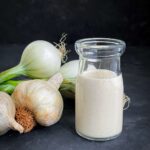








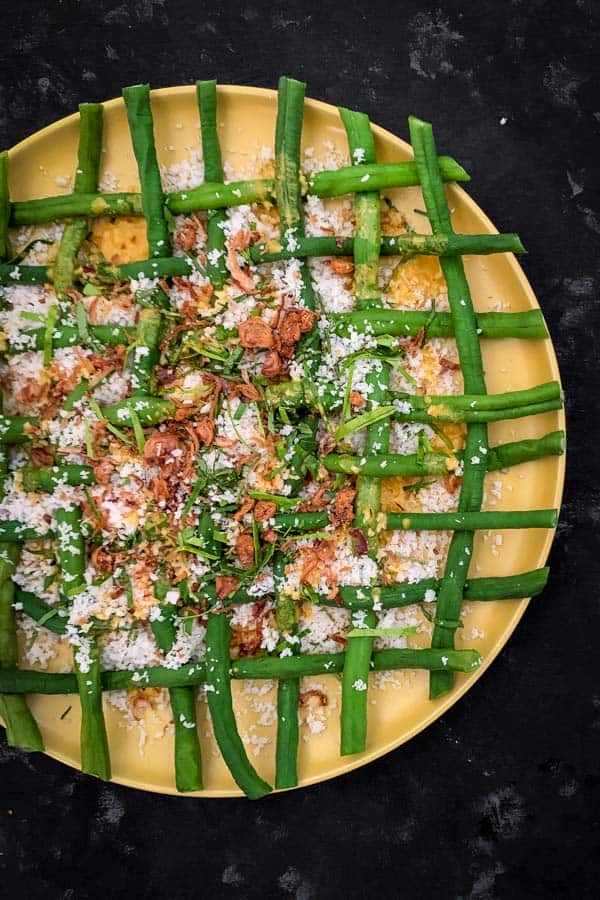
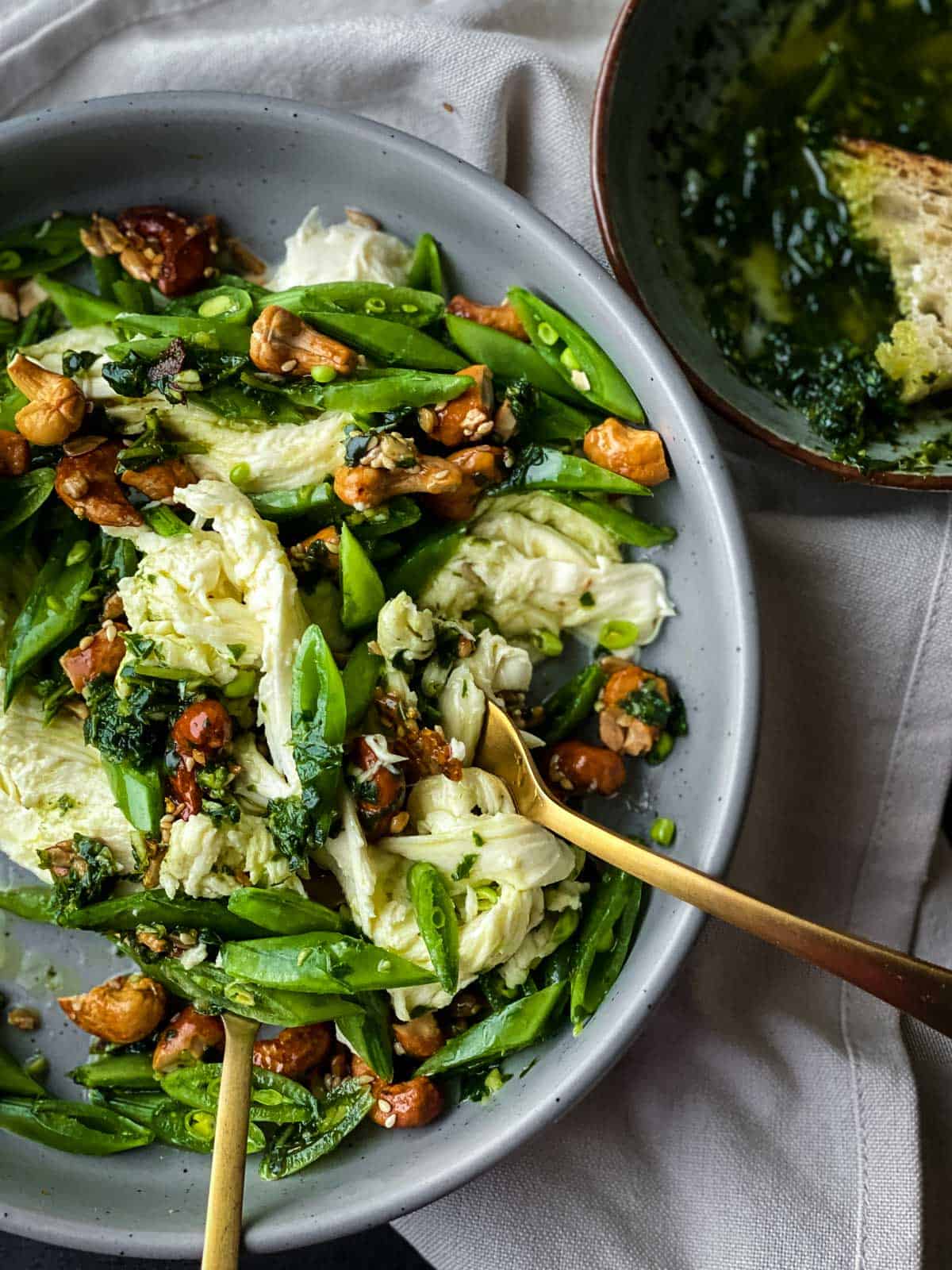
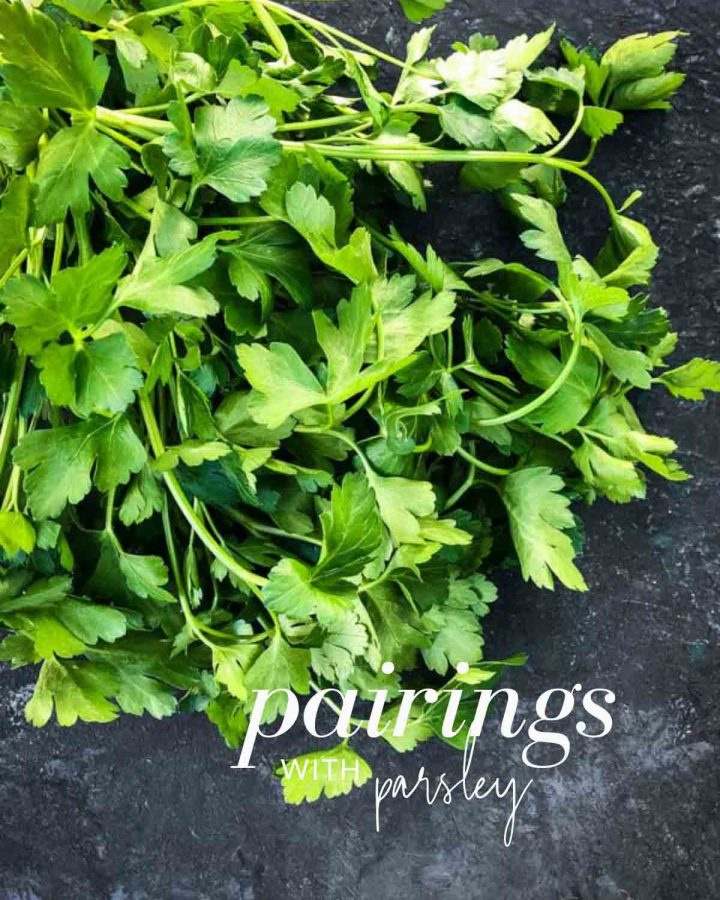
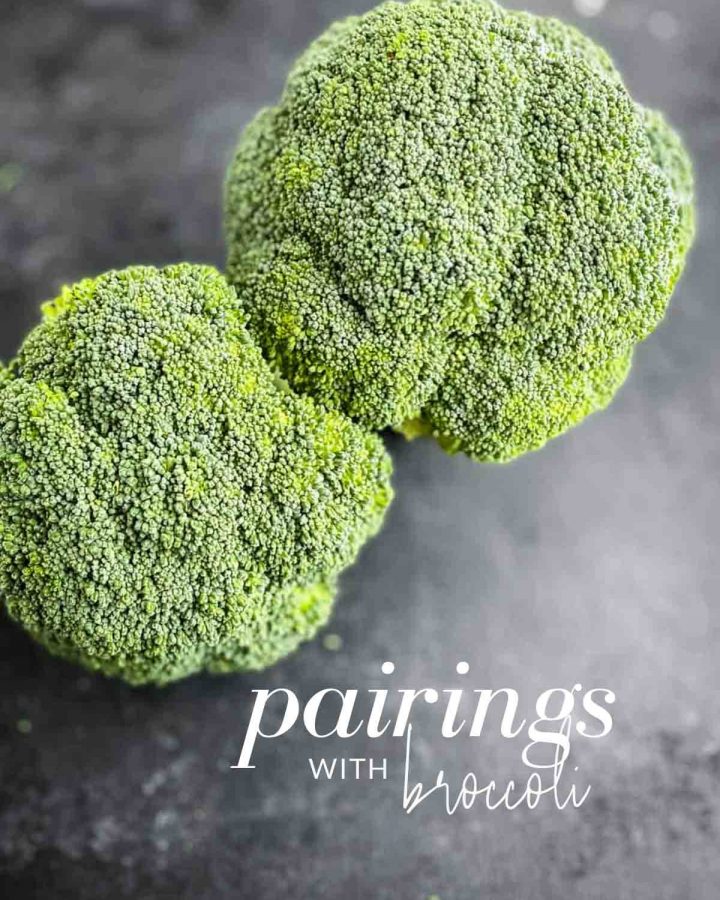
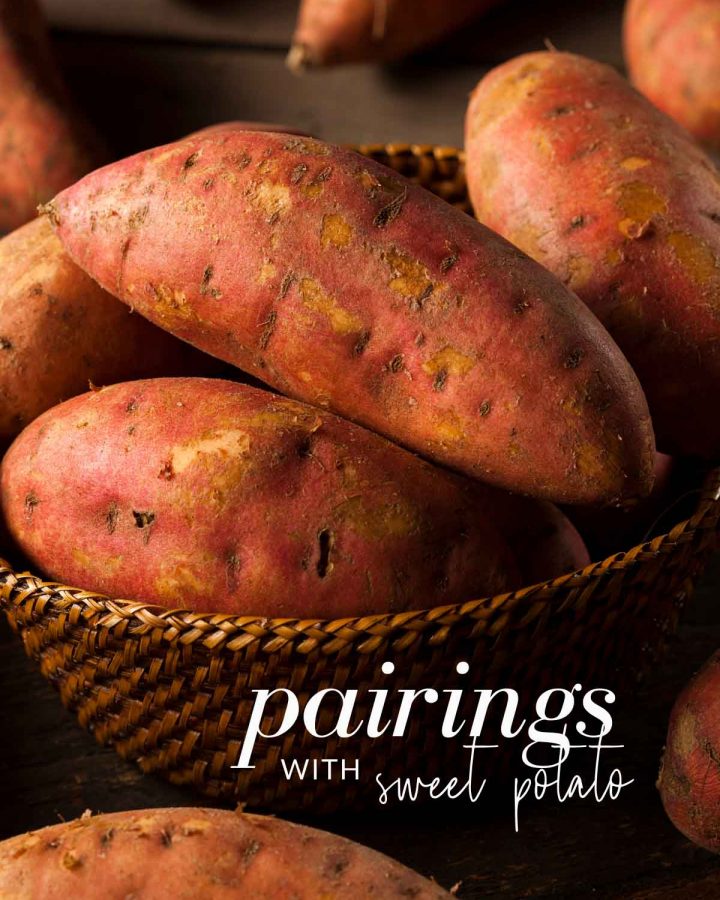
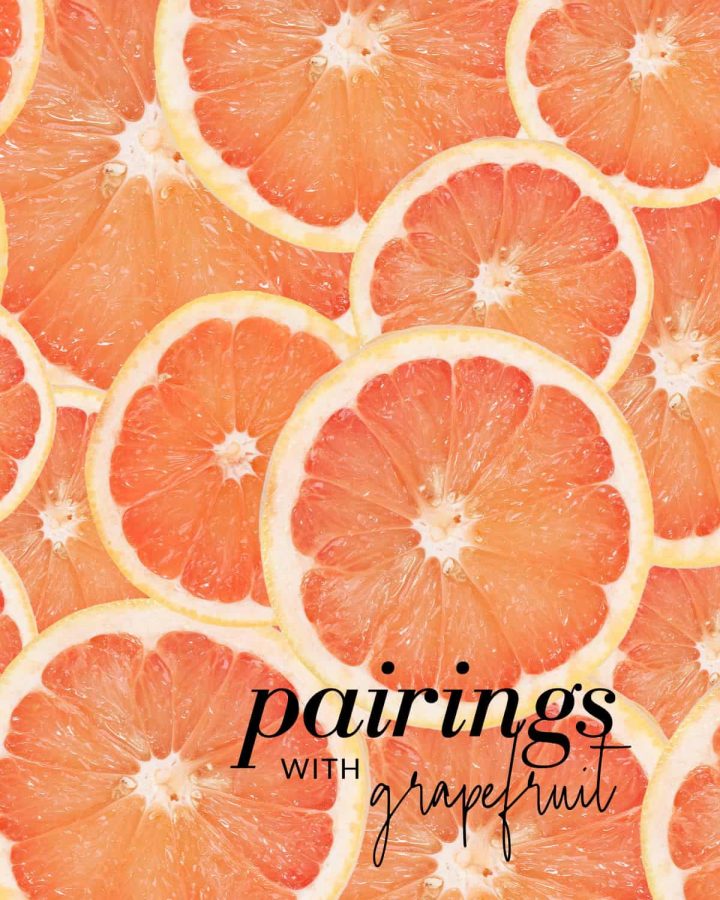
Leave a Review